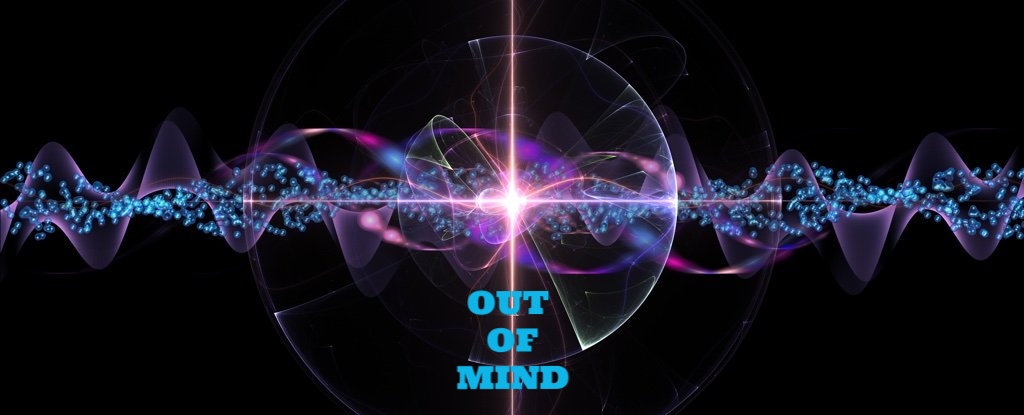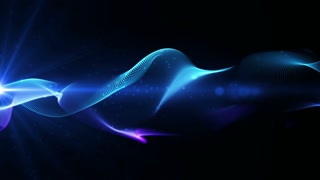Galileo Project Will Search for ‘Evidence of Extraterrestrial Technological Artifacts’
Jul 28, 2021 by News Staff / Source
An international team of astrophysicists has announced a new scientific project to search for evidence of potential astro-archeological artifacts or active technical equipment made by existing or extinct extraterrestrial technological civilizations (ETCs).

This artist’s impression shows the first interstellar asteroid ‘Oumuamua. Image credit: M. Kornmesser / ESO.
The Galileo Project, led by Harvard Professor Avi Loeb, aims to identify the nature of potential ETC objects using the standard scientific method based on a transparent analysis of open scientific data to be collected using optimized instruments.
“In 2017, the world for the first time observed an interstellar object, called ‘Oumuamua, that was briefly visiting our Solar System,” Professor Loeb said.
“Based on astronomical observations, ‘Oumuamua turned out to have highly anomalous properties that defy well-understood natural explanations.”
“We can only speculate whether ‘Oumuamua may be explained by never seen before natural explanations, or by stretching our imagination to ‘Oumuamua perhaps being an extraterrestrial technological object, similar to a very thin light-sail or communications dish, which would fit the astronomical data rather well.”
“After the recent release of the ODNI report on Unidentified Aerial Phenomena (UAP), the scientific community needs the determination to systematically, scientifically and transparently look for potential evidence of extraterrestrial technological equipment,” he added.
“The impact of any discovery of extraterrestrial technology on science, our technology, and on our entire world view, would be enormous.”
“Given the recently discovered abundance of habitable-zone exoplanets, with potential for extraterrestrial life, the Galileo Project is dedicated to the proposition that humans can no longer ignore the possible existence of ETCs.”
“Science should not reject potential extraterrestrial explanations because of social stigma or cultural preferences that are not conducive to the scientific method of unbiased, empirical inquiry.”
“We now must ‘dare to look through new telescopes,’ both literally and figuratively.”
The Galileo Project will follow three major avenues of research:
(i) obtain high-resolution, multi-detector images of UAPs and discover their nature;
(ii) search for and in-depth research on ‘Oumuamua-like interstellar objects;
(iii) search for potential ETC satellites.
The project will be complementary to traditional SETI, in that it will search for physical objects, and not electromagnetic signals associated with ETCs.
“For the Galileo Project only ‘known physics’ explanations are in scope,” the researchers said.
“‘Alternative physics’ hypotheses, while interesting, are explicitly not part of the project.”
“Moreover, the project will not engage in retroactive attempts to analyze existing images or radar data, or speculate on prior UAP, observations or anecdotal reports, as these are not conducive to cross-validated, evidence-based scientific explanations.”
http://www.sci-news.com/astronomy/galileo-project-09907.html?utm_source=feedburner&utm_medium=email&utm_campaign=Feed%3A+BreakingScienceNews+%28Breaking+Science+News%29
Thanks to: http://www.sci-news.com
Jul 28, 2021 by News Staff / Source
An international team of astrophysicists has announced a new scientific project to search for evidence of potential astro-archeological artifacts or active technical equipment made by existing or extinct extraterrestrial technological civilizations (ETCs).

This artist’s impression shows the first interstellar asteroid ‘Oumuamua. Image credit: M. Kornmesser / ESO.
The Galileo Project, led by Harvard Professor Avi Loeb, aims to identify the nature of potential ETC objects using the standard scientific method based on a transparent analysis of open scientific data to be collected using optimized instruments.
“In 2017, the world for the first time observed an interstellar object, called ‘Oumuamua, that was briefly visiting our Solar System,” Professor Loeb said.
“Based on astronomical observations, ‘Oumuamua turned out to have highly anomalous properties that defy well-understood natural explanations.”
“We can only speculate whether ‘Oumuamua may be explained by never seen before natural explanations, or by stretching our imagination to ‘Oumuamua perhaps being an extraterrestrial technological object, similar to a very thin light-sail or communications dish, which would fit the astronomical data rather well.”
“After the recent release of the ODNI report on Unidentified Aerial Phenomena (UAP), the scientific community needs the determination to systematically, scientifically and transparently look for potential evidence of extraterrestrial technological equipment,” he added.
“The impact of any discovery of extraterrestrial technology on science, our technology, and on our entire world view, would be enormous.”
“Given the recently discovered abundance of habitable-zone exoplanets, with potential for extraterrestrial life, the Galileo Project is dedicated to the proposition that humans can no longer ignore the possible existence of ETCs.”
“Science should not reject potential extraterrestrial explanations because of social stigma or cultural preferences that are not conducive to the scientific method of unbiased, empirical inquiry.”
“We now must ‘dare to look through new telescopes,’ both literally and figuratively.”
The Galileo Project will follow three major avenues of research:
(i) obtain high-resolution, multi-detector images of UAPs and discover their nature;
(ii) search for and in-depth research on ‘Oumuamua-like interstellar objects;
(iii) search for potential ETC satellites.
The project will be complementary to traditional SETI, in that it will search for physical objects, and not electromagnetic signals associated with ETCs.
“For the Galileo Project only ‘known physics’ explanations are in scope,” the researchers said.
“‘Alternative physics’ hypotheses, while interesting, are explicitly not part of the project.”
“Moreover, the project will not engage in retroactive attempts to analyze existing images or radar data, or speculate on prior UAP, observations or anecdotal reports, as these are not conducive to cross-validated, evidence-based scientific explanations.”
http://www.sci-news.com/astronomy/galileo-project-09907.html?utm_source=feedburner&utm_medium=email&utm_campaign=Feed%3A+BreakingScienceNews+%28Breaking+Science+News%29
Thanks to: http://www.sci-news.com






 Sat Mar 23, 2024 11:33 pm by globalturbo
Sat Mar 23, 2024 11:33 pm by globalturbo

